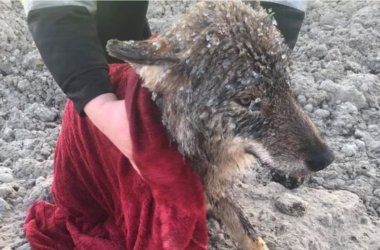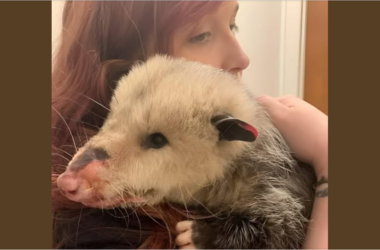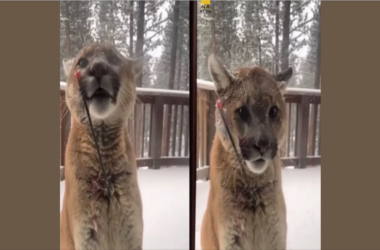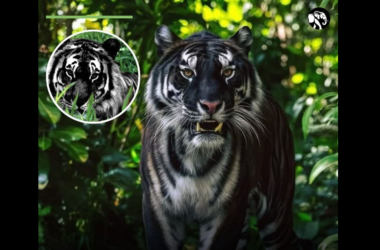God gave us this beautiful earth. We need to protect them and this beautiful world we live in.
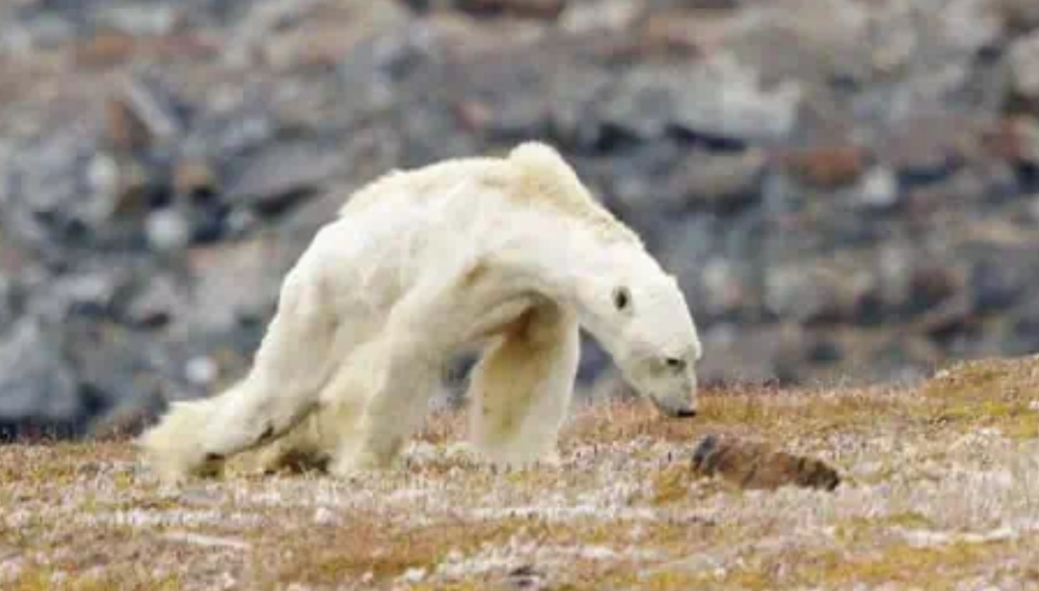
Every human should be aware of the effects on wildlife due to climate change. If all of us change just a little bit to be more mindful of avoiding [ha.rmf.ul] products, we will change planet earth 🌏 for the betterment of everyone!
It was one of the most heartbreaking videos ever recorded—a once-majestic, 1,000-pound polar bear reduced to a frail, staggering skeleton. Its fur hung loosely over its bones as it dragged its back legs across the barren ground, too weak to stand properly.
The footage, captured by National Geographic photographer Paul Nicklen on Baffin Island, became a global wake-up call, forcing millions to confront the [de.vast.ati.ng] reality of a warming planet.
Nicklen and his team from Sea Legacy first mistook the pale figure for a discarded blanket. Then it moved. What they saw shattered them. Nicklen, who has spent his life photographing polar bears, said simply: “When you see something like that, it breaks something inside you.”
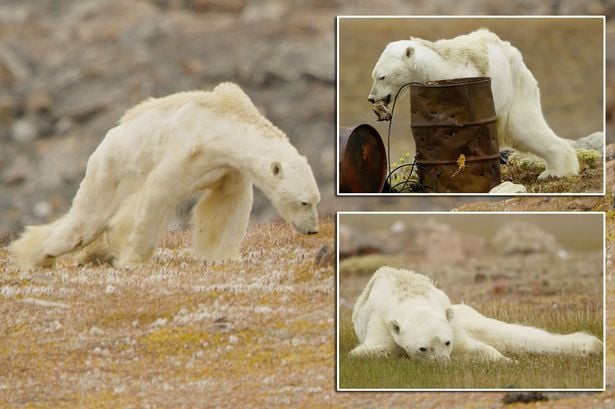
The bear’s slow, painful movements told the whole story. [St.arv.ing and de.spe.rate], it stumbled toward an old garbage bin, clawing through it for anything to eat. There was nothing. An apex predator, built to hunt on ice, was [co.nde.mn.ed] to [d.i.e] on land because the ice it depended on had [va.nis.hed].
Nicklen posted the footage with a stark message: “This is what starvation looks like… This is what climate change looks like.” The world listened. The video went viral, turning an abstract idea—melting ice caps—into a living, [bre.ath.ing tr.age.dy].
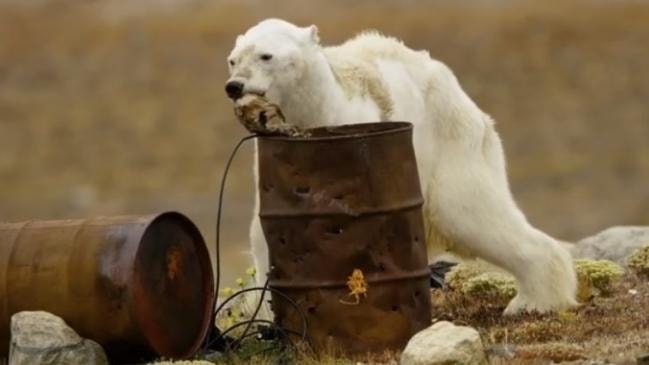
Polar bears are marine hunters. They rely on sea ice to catch seals, the high-fat food their bodies require. As warmer temperatures shrink the ice season, bears are [st.ra.nded] on land longer than ever—unable to hunt, unable to survive. While some argued this particular bear may have been old or sick, Nicklen emphasized that the bear’s condition symbolized a larger truth: this is what the future could look like for the species.
With only about 26,000 polar bears left—and numbers expected to fall by nearly a third by 2050—the [wa.rni.ng] is clear.

The starving bear’s image still lingers across the internet, a haunting reminder of the cost of inaction. It asks a [pa.inf.ul] question: if we can watch the Arctic’s greatest [pr.eda.tor] fade away like this, what hope remains for the rest of our planet?
Sending so much love and light for our planet earth and all of the sentient beings on her .. may we find the strength and courage to remember who we are and vow to protect the innocent and stand for life… blessings to this beautiful polar bear, may she find food and health and may the the earth be restored into balance..
Infinite prayers 🙏💕
Guardians of peace, unity and justice!!!
Watch video in the below:
